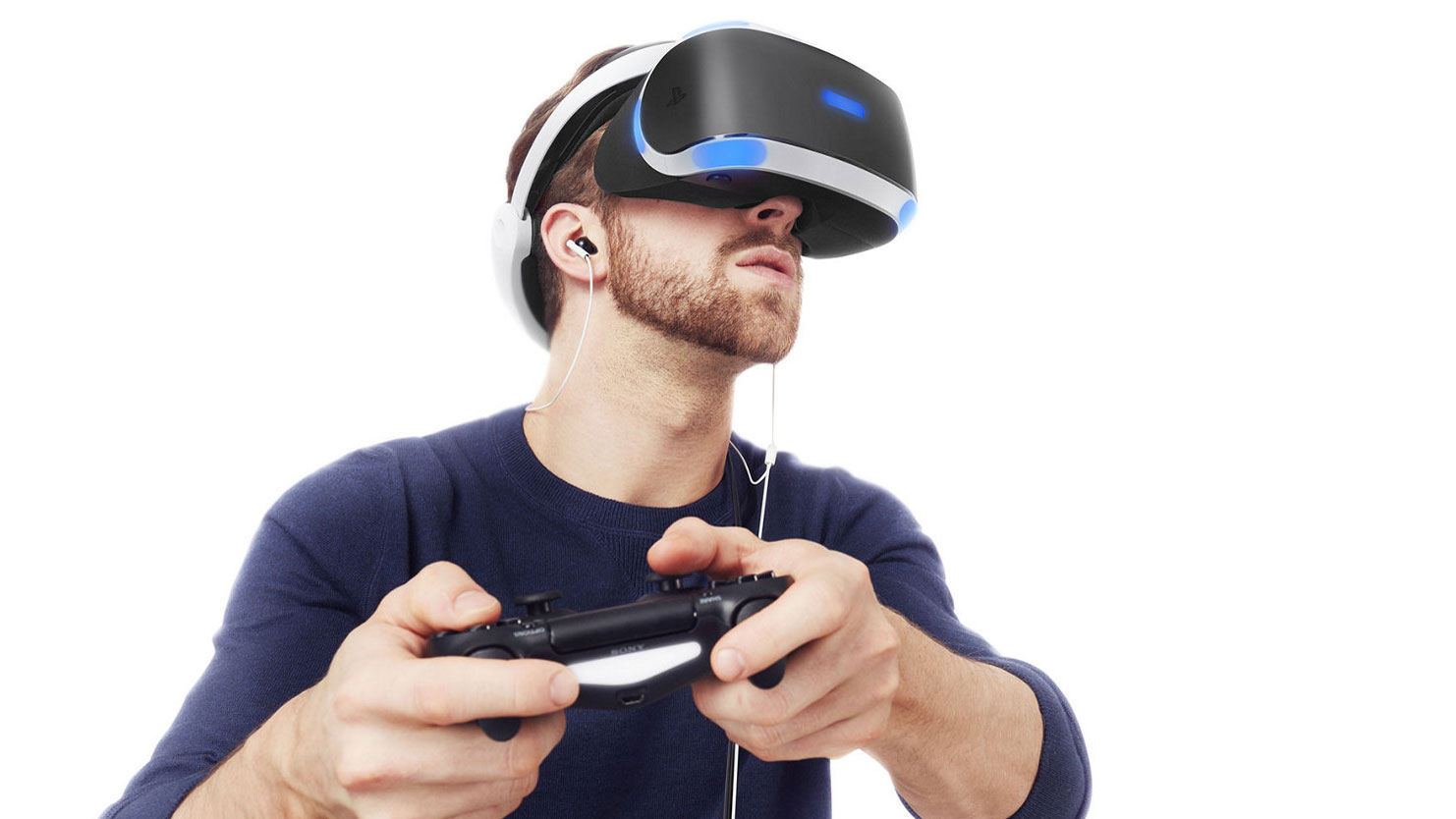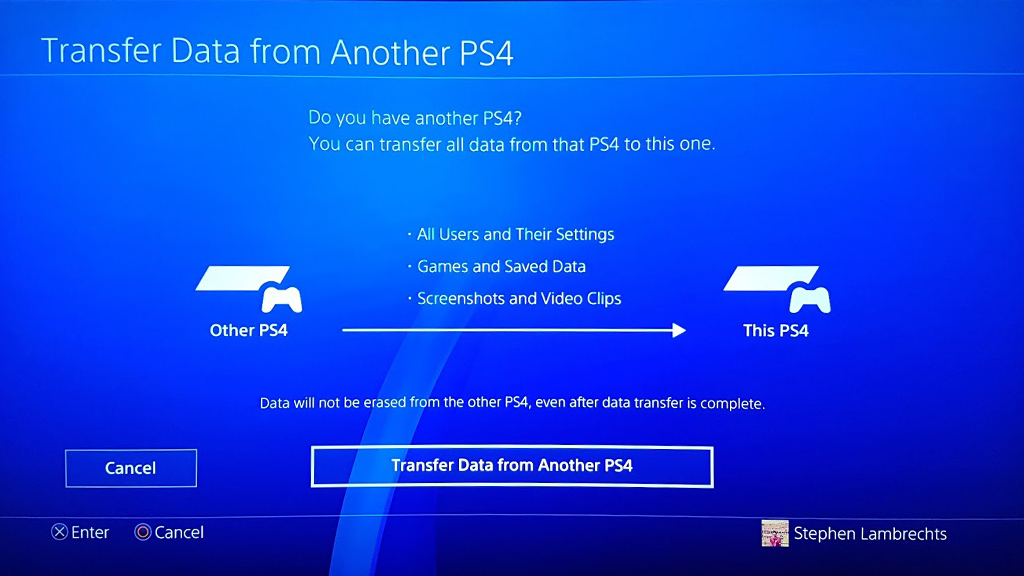PlayStation in 2016: virtual worlds, going Pro and - at last! - The Last Guardian

Usually, when a console is a mere three years old, it’s the games that you want to talk about not the hardware as an update is ages away. But not so with PlayStation in 2016.
This was one of Sony’s biggest-ever years for PlayStation, and it was all thanks to three massive hardware launches that - for better or worse - saw the arrival of the midlife console update.
2016 saw the release of the PlayStation 4 ‘slim’, the PlayStation 4 Pro and PlayStation VR, a hardware triumvirate that had Sony precariously straddling both the current and next gen, trying to strike a balance as not to annoy its user base that bought a PS4 in 2013 but also future-proofing itself for a 4K and VR future.
The PS4 slim was a fairly standard launch. It is certainly a better PlayStation 4 - It’s smaller, cheaper and more power efficient - but one look under the hood would show you that actually not much had changed in the specs department.
In fact Sony opted to take out the audio optical out connection, meaning some gamers would have to rethink their audio setup for the new PlayStation. It also launched up against Microsoft’s Xbox One S, which had one big added bonus: 4K, in the form of Ultra HD Blu-ray compatibility.
There was a reason the PlayStation 4 ‘slim’ had no 4K smarts, however, as the PlayStation 4 Pro was just around the corner.
Like a Pro
Rumored for some time, under the guise of Neo, the PS4 Pro finally launched in November and brought with it impressive hardware improvements.
Sign up for breaking news, reviews, opinion, top tech deals, and more.
It’s currently the most powerful gaming console on the market, thanks to double the power in the graphics department (using a 4.20 TFLOPS, AMD Radeon GPU), an improved processor in the guise of the AMD Jaguar chip and double the storage at 1TB. All this added up to HDR capabilities and actual 4K gaming.

Well, nearly. The thing is with the PS4 Pro, it allows for 4K gaming but not all games support 4K. When there is a lack of 4K native framerates, the Pro does an admirable job of upscaling but this does lead to confusion as to what 4K gaming actually means for console gamers. Sony also made the controversial decision to not equip the PS4 Pro with a 4K Blu-ray player.
That’s right, Sony, the company that helped created 4K Blu-ray, has decided not to adopt the format. Its reason is all down to cost, which does mean the PS4 Pro is reasonably priced but it also means that Sony may struggle to compete with Microsoft’s Project Scorpio console, which is set to launch in 2017 with similar specs to the Pro.
Virtual reality, PlayStation style
While the lack of 4K Blu-ray was a bitter pill for some to swallow, it was sweetened with the launch of PlayStation VR, arguably the most accessible virtual reality gaming system out in the market.
PlayStation VR was a dream launch for both Sony and VR fans. It arrived with a robust list of games which meant that you could both become Batman and pilot an X-Wing.
Although the games are short, they show off the fantastic potential of virtual reality and with Sony’s army of developers primed to make games for the hardware, it should mean VR doesn’t go the way of motion control gaming - a memory that’s still raw for Sony, given it’s repurposed its PlayStation Move controllers for PSVR.

Thankfully, though, Sony didn’t spend all of 2016 with its head in the virtual clouds. It also made vast improvements to the UI of all of its PlayStation 4 lineup, thanks to its 3.5 and 4.0 firmware updates.
Combined they spruced up the look of the PlayStation home screen, gave users the ability to appear offline all of the time and finally the addition of folders to make sure your digital games are kept all neat and tidy.
There was also the expansion of remote play to Mac and PC, easier porting of game data and HDR support added.

These additions were all welcomed but it didn’t stop the slight sting of Sony upping the price of PlayStation Plus.
Don’t get us wrong, PS Plus is a fantastic service. In 2016 we saw even more indie games hit Plus, which meant those who missed Journey and Firewatch had a fantastic treat on their hands.
But a price rise in the US and Canada in September (the UK had something similar in 2015) did rankle users of the service. It is now $60 a year, up $10.
Given this is the first price rise since the service was introduced in 2010, however, that’s not bad going.
Back in the game
And finally the games. Sony fans were treated to some of the best games the console has seen so far. The crowning achievement was Uncharted 4. What should have been the perfect end to the saga - Naughty Dog subsequently announced a spinoff of sorts - saw Nathan Drake’s tale come to an end in fitting form.

It was also a year of under-appreciated sequels. Titanfall 2 didn’t set the charts on fire, but its tight plotting meant this open-world game never once felt boring. Dishonoured 2 managed to grab better acclaim and ended up being one of the breakout action hits of the year.
And then there was Overwatch, with little hype this FPS managed to breathe new life into the genre, thanks to the smattering of playfulness Blizzard added to the gameplay, not to mention the wide gamut of unique characters.
Sony also managed to both embrace the indie community and annoy hardcore gamers in 2016. We saw indie darlings such as Firewatch and The Witness land first on the PS4, as well as the brilliant Hyper Light Drifter, the beguiling Small Radios, Big Televisions and Inside from the team that made Limbo arrive on the console.
So far so happy but then it made the unfortunate decision to drop modding - something it had promised - in Fallout 4 and Skyrim remastered. It did backtrack, but the anger from PS4 fans was hard to ignore.

There were also a handful of unfinished symphonies and one completed corker. No Man’s Sky arrived half cooked, Street Fighter V came without an actual story mode and Mafia III was definitely underdeveloped when first released.
But 2015’s Star Wars Battlefront rounded off 2016 with a DLC pack that completely rejuvenated the game. The Rogue One add-on furthered the story of the movie and was a blast(er) to play.

Then there were games that felt forever delayed that finally came to PS4, with mixed results. No Man’s Sky didn’t reach the hype that its own developers created for it. The promised potential of endless planet hopping and searching for new stories and alien species was there but underdeveloped. An update has helped but it didn’t stop the backlash.
We also finally saw The Last Guardian, a beautiful 10 years in the making near-masterpiece from the Fumito Ueda, who was behind PS classics Ico and Shadow of the Colossus. Again, the hype machine was too great for the game but it was a beautiful way to round off PlayStation’s busy year.

Sony may slow down on the hardware front in 2017, but it has already hinted at some of the promising games we will see. There’s Death Stranding, the strange poetic tale from Hideo Kojima, The Last Of Us 2, an Uncharted spin-off and perhaps the most exciting game sequel ever - Red Dead Redemption 2 - to look forward to.
And let’s hope Sony also does something to resuscitate the PS Vita, which saw little to no action in 2016.

Marc Chacksfield is the Editor In Chief, Shortlist.com at DC Thomson. He started out life as a movie writer for numerous (now defunct) magazines and soon found himself online - editing a gaggle of gadget sites, including TechRadar, Digital Camera World and Tom's Guide UK. At Shortlist you'll find him mostly writing about movies and tech, so no change there then.